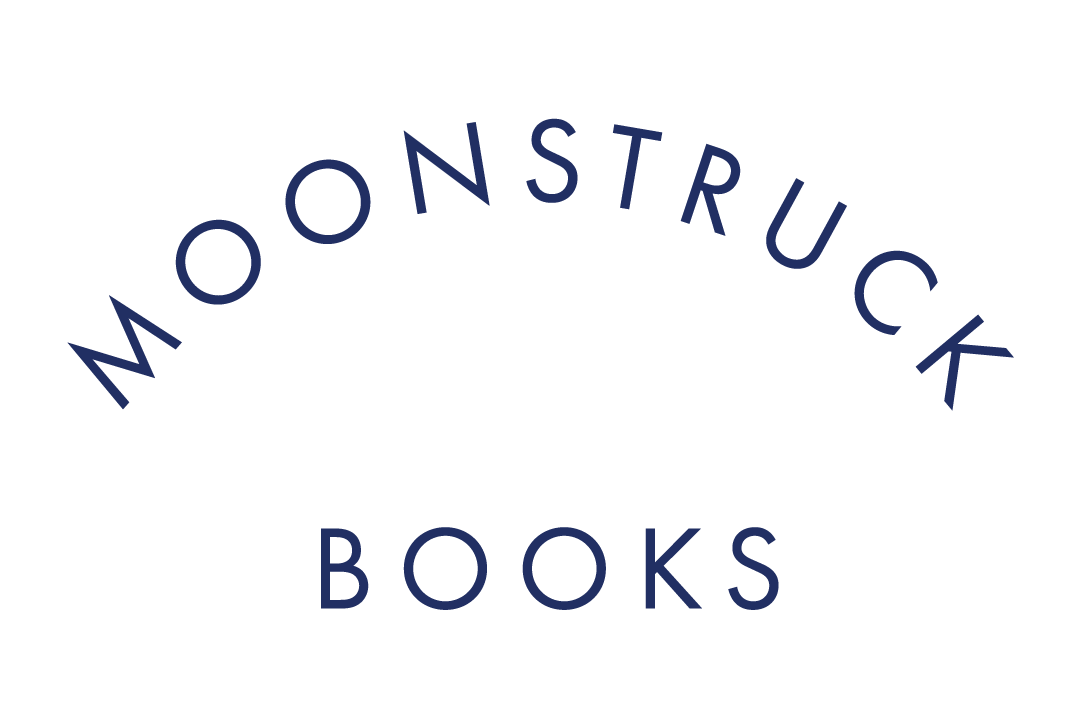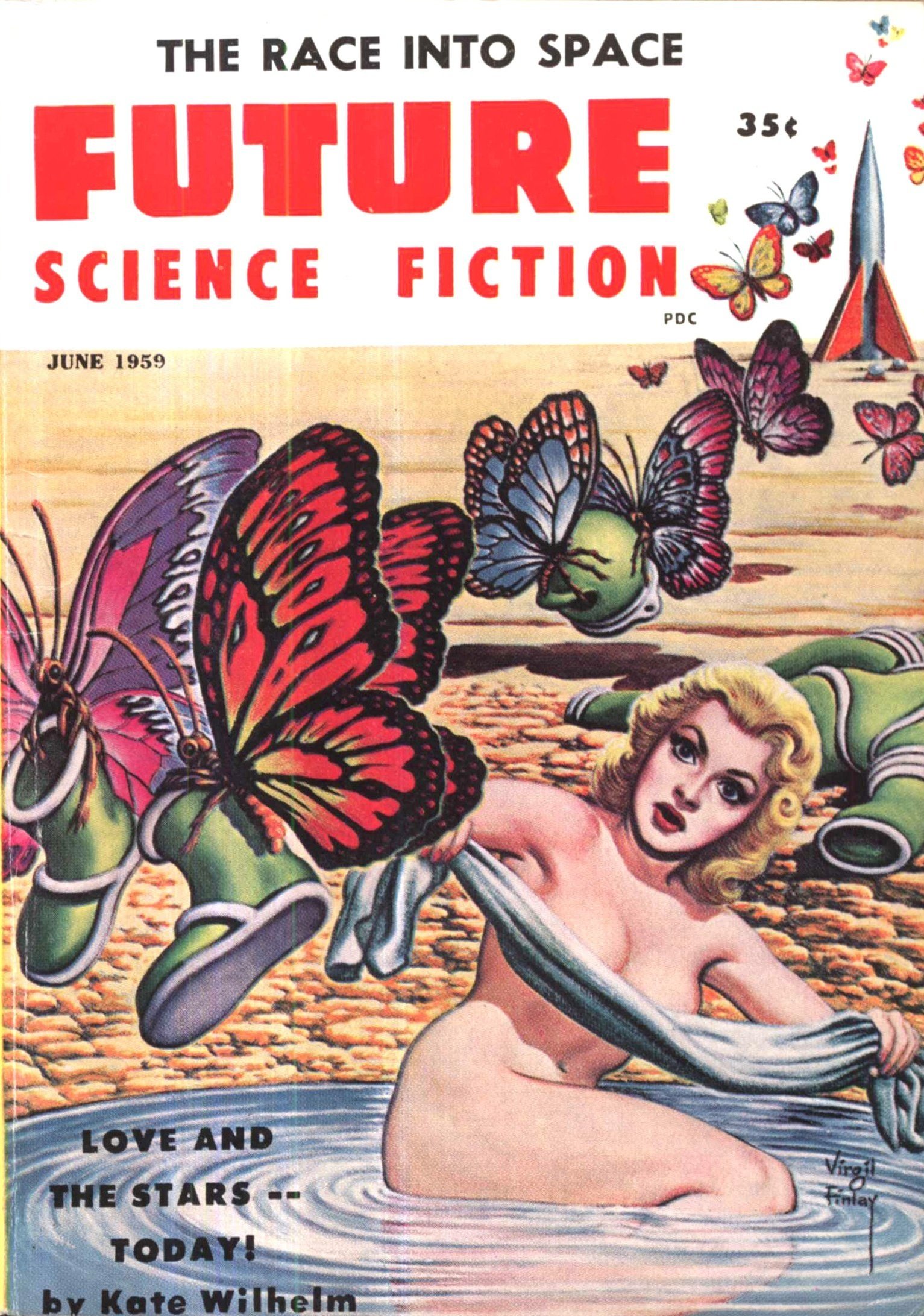The future of indie publishing
Is indie publishing heading toward a race into space? Or is 2024 our chance to build a brighter future for people who love science fiction, horror, speculative fiction, and weird stories?
Our planet’s rising sign
Astrologers say that the world we live in—our planet, a pale blue ball of mud at the unfashionable end of the galaxy—is ruled by the rising sign of Cancer. Seventy-one percent of Earth’s surface is covered by water. The oceans contain most of this water, while the rest of it runs through our planet’s veins as lakes, rivers, glaciers, and icebergs. Water saturates our air as clouds, vapor, and breath.
Cancer is a water sign, depicted as a massive crab with golden claws. In Greek myth, this crab’s name was Karkinos (or Carcinus, the root of the word carcinogen). During Herakles’ battle with the Hydra, Karkinos scuttled to the monster’s aid and seized Herakles by the ankle. The hero roared in pain when the golden claws pierced his foot. He crushed Karkinos with his heel and defeated the Hydra—both of which were immortalized by Hera, who placed them among the stars.
It is apt that our planet is represented by this watery, well-meaning constellation. It’s also lovely to think of Earth as having a birthday or an astrological chart. (This is called Thema Mundi or “chart of the world.”) The Earth is very much a person, in some ways—if not human, than certainly a being.
Tarot and numerology assign a major arcana card to each year, which correspond to an individual’s astrological sign or planets. For our Cancerian Earth, 2024 is a year ruled by the Strength card. This card depicts a flower-crowned maiden taming a lion. Strength can mean confidence, majesty, victory, and triumph. It can also point to the darker aspects of strength, such as hedonism, power struggles, and over-reaching your boundaries. Strength symbolizes stepping into your innate power and abilities, using your gifts, and—as the maiden masters the wild beast—making enlightened choices with the higher self, rather than be governed by your feral instincts.
Reading through the colophon
There are no books without writers, editors, publishers, proofreaders, book reviewers, booksellers, designers, typesetters, printers, agents, librarians—and most importantly, readers. It’s a myth that books are the product of a single muse-inspired artist, who works in isolation and disgorges perfect manuscripts like golden eggs. In reality, books are group projects. They’re created and influenced by the many people involved in the process. The author’s name may be on the cover, but one look at the acknowledgements section or the copyright page will show that bringing a book into the world is a task nobody undertakes alone. There’s always someone, whether it’s a best friend who sees an early draft, an agent who offers a helpful critique, a workshop leader who introduces a new technique, or a teacher who encourages a budding writer’s ability.
In his wonderful nonfiction book Big Publishing: How Conglomeration Changed the Publishing Industry and American Literature (Columbia University Press, 2023), Dan Sinykin describes the publisher’s mark:
For centuries, such marks have served as the publisher’s promise: “We affirm the quality of editing, proofreading, design, typesetting, and printing in this book.”
The colophon is an emblem that contains within it a collective, all the people who work to make the book we hold in our hands but whose names we seldom know. Historically, and still sometimes today, publishers included a page at the end of books with information about how it was made; this page was also called a colophon. I want us to enter the world of the colophon, to unfetishize the commodity, to respect the author whose name adorns the front cover by returning her to the milieu from which she sprang.
The colophon represents the community of a book. At Moonstruck Books, we place trust in one another as we create something together that transcends what any of us could accomplish individually. You can learn more about us here.
The future is in the “we”
So, what does any of this have to do with indie publishing? Simply put, we believe that the future looks very bright. Moonstruck Books holds the opinion that the collective effort of book-making is powerful; shifting away from an individual-centered or self-centered perspective shows the impact that community has on the future of indie publishing.
Publishing is an industry, a monetized ecosystem. (If you haven’t read Publisher’s Weekly’s extensive coverage of the trust-busting case against Penguin Random House, we recommend taking some time to read it. Understanding how conglomeration and acquisition affect traditional publishing is vital to avoiding the same vertical, market-driven decisions in indie publishing. Also, the court transcripts are juicy.) Books represent the final product of the complex relationships between many talented people, the colophon that Sinykin refers to in Big Publishing. Each of those people deserve their due. Each of them imbues something essential in the completed book without calling attention to itself. Gleaning an individual contribution is difficult; even an author’s signature style can be attributed to an editor.
To us, this means that every decision at every point of the publication process is very, very important. No choice is made lightly, from the selection of a manuscript to the choice of font for typesetting. At Moonstruck Press, we look for excellent, boundary-pushing writing that we are excited to share with other readers. Making a book takes hundreds of hours of labor, hard conversations, and flexibility from everyone involved. (This is one of the many reasons we’re so selective about who we work with and which stories we accept. You can read more about that process here.) We believe that publication is not sustainable when seen as an individual effort.
While the myth of capitalism suggests that one person (usually an author or press owner) can singlehandedly determine the future of indie publishing, we think this is a fallacy. Publishing was never an individual endeavor; pretending otherwise plays into a naive fantasy of the rebel hero, bravely facing down a cultural enemy while armed with only his wits and moral superiority. This perspective centers on the individual’s experience, not the collective outcome. We think that the future lies outside the “me” of the individual and in the “we” of the collective.
Crunch, crunch, crunch
Book sales are reported to be in a downturn in the U.S., with unit sales dropping 2.7% in the first six months of 2023. Sales got a boost in August 2023 after a fairly flat summer. Adult fiction, especially romance, was the strongest-selling genre in 2023; backlist titles sold better than new releases. It seems that traditional publishing is learning the hard way that nonfiction and celebrity memoirs are less appealing to readers.
At the same time, indie publishing is blossoming. According to WordsRated, “Within North America, independent publishers contribute greatly to the region’s 35% market share in book publishing. For the US, hundreds of millions of books are sold each year by independent publishers.” Indie booksellers are holding strong. And librarians, who are real heroes, are strongest of all: a new study by the ALA showed that millennial- and Gen Z-aged readers use the library more than any previous generation. People are reading more than ever: the average person in a 2023 poll read 8 books a month, or about 100 books a year. (They tended to choose those books by their covers.)
What’s interesting is that readers are less likely to read a book because they saw it on social media (unless they’re into BookTok). We know that social media engagement is not linked to book sales. An article in the New York Times quoted Marc Resnick, executive editor at St. Martin’s Press. Resnick described how social media doesn’t necessarily correlate to copies sold: “We learned some hard lessons along the way, which is that a tweet or a post is not necessarily going to sell any books, if it’s not the right person with the right book and the right followers at the right time.” Social media engagement is decreasing on every platform except TikTok. Since the beginning of the pandemic in 2019, people simply don’t use social media as much or in the same way. It’s very possible that we’ve all gotten sick of each other.
So, rather than assume there’s a correlation between falling book sales and falling social media engagement (there isn’t), Moonstruck Books is looking at these trends:
People are reading more.
Younger people are using libraries more.
Indie booksellers are strong as ever.
People don’t use social media to shop for books.
We think this predicts good things for 2024. While traditional publishing may get bogged down in “timely” nonfiction or tell-all memoirs, indie publishers are adapting and thriving. The four bullet-pointed trends we’ve identified suggest that readers aren’t influenced by social media marketing (ugh) or online posting, but by personal connections. Indie bookshops that hand-sell books to readers, librarians who choose and feature books, and friends who share recommendations are more influential than any parasocial relationship. (After all, do you really care what Kim Kardashian is reading? Or would you rather check out the horror novel that gave your bestie actual bad dreams?)
The diversity of titles, authors, voices, and audience for indies is our strength. The ways that books bring people together, inspire new ideas and start conversations, and encourage sharing is powerful. We think it’s telling that we received more than 2,000 submissions for Nightmare Diaries, our first-ever horror anthology. Our first release, The Rain Artist, is getting excellent reviews from places like Booklist, Foreword Reviews, and Publishers Weekly. We attribute this to our emphasis on relationships with writers, publishers, and readers. We never see ourselves as being in competition with anyone. We’re just here to do our thing and share what we love—and what we love is a whole lot.
We predict that those of us who live inside the colophon—those willing to tame the lion of egoism or self-centered fear—will thrive in 2024. We’re excited to see what the future holds. See you there.

